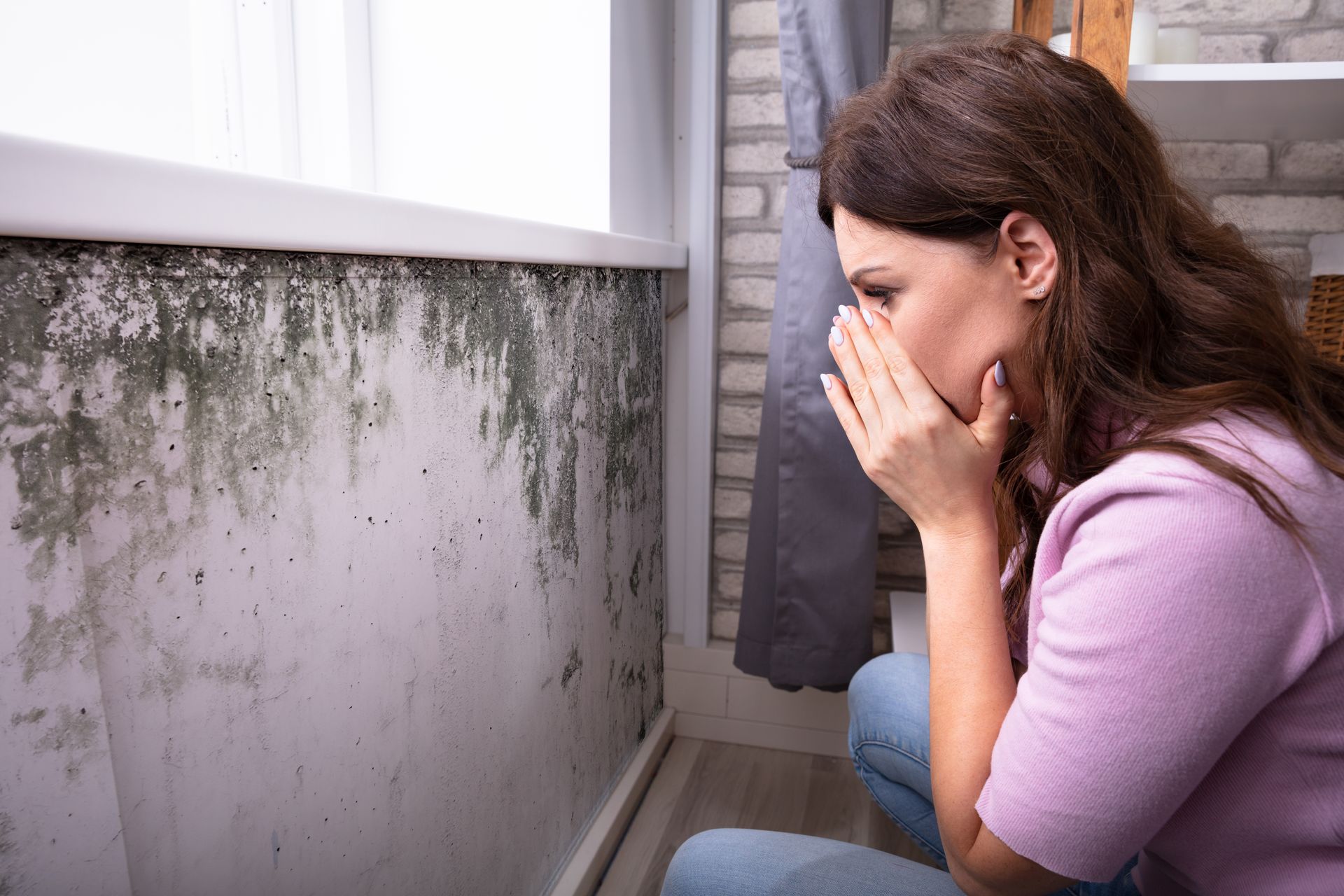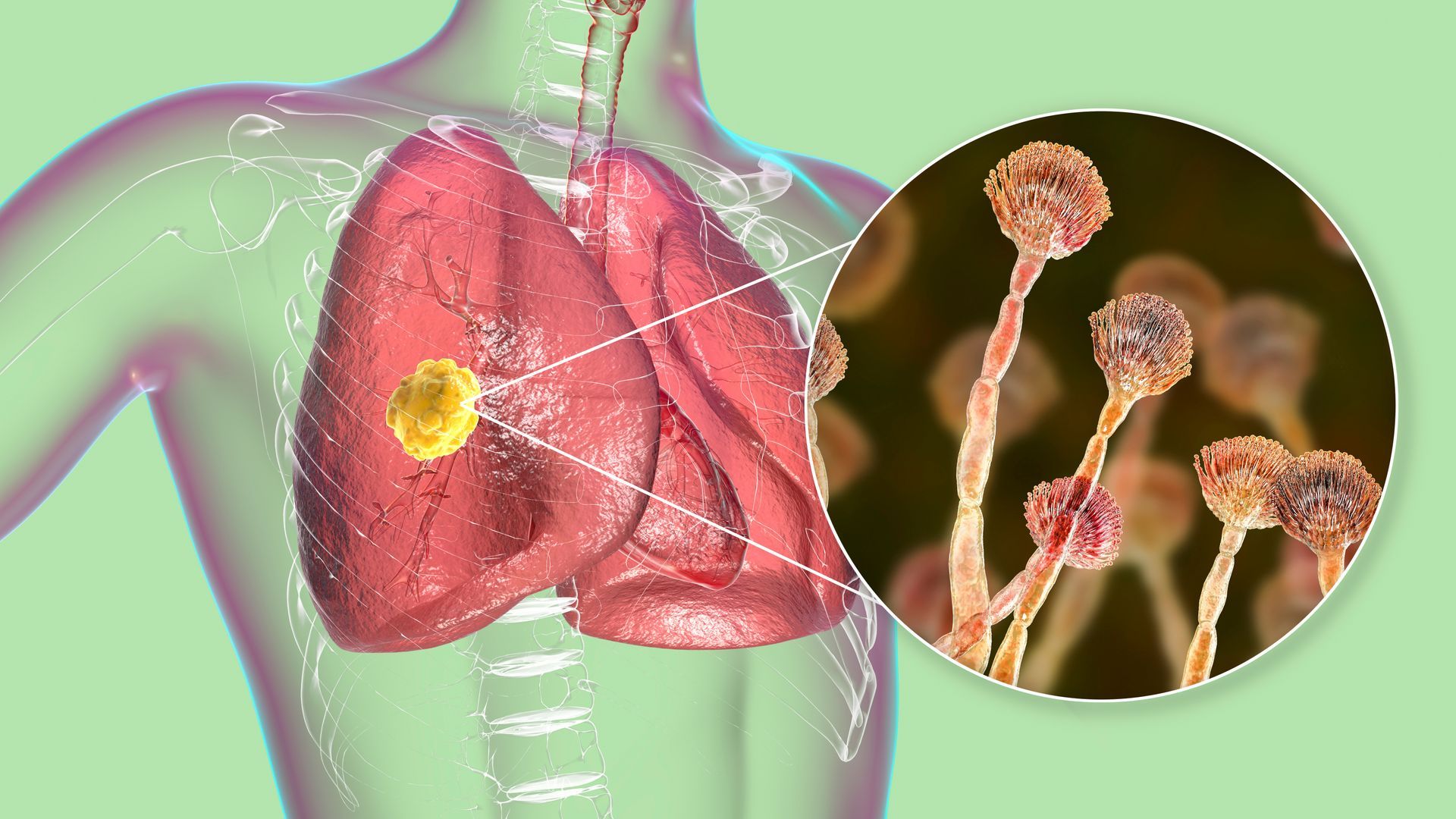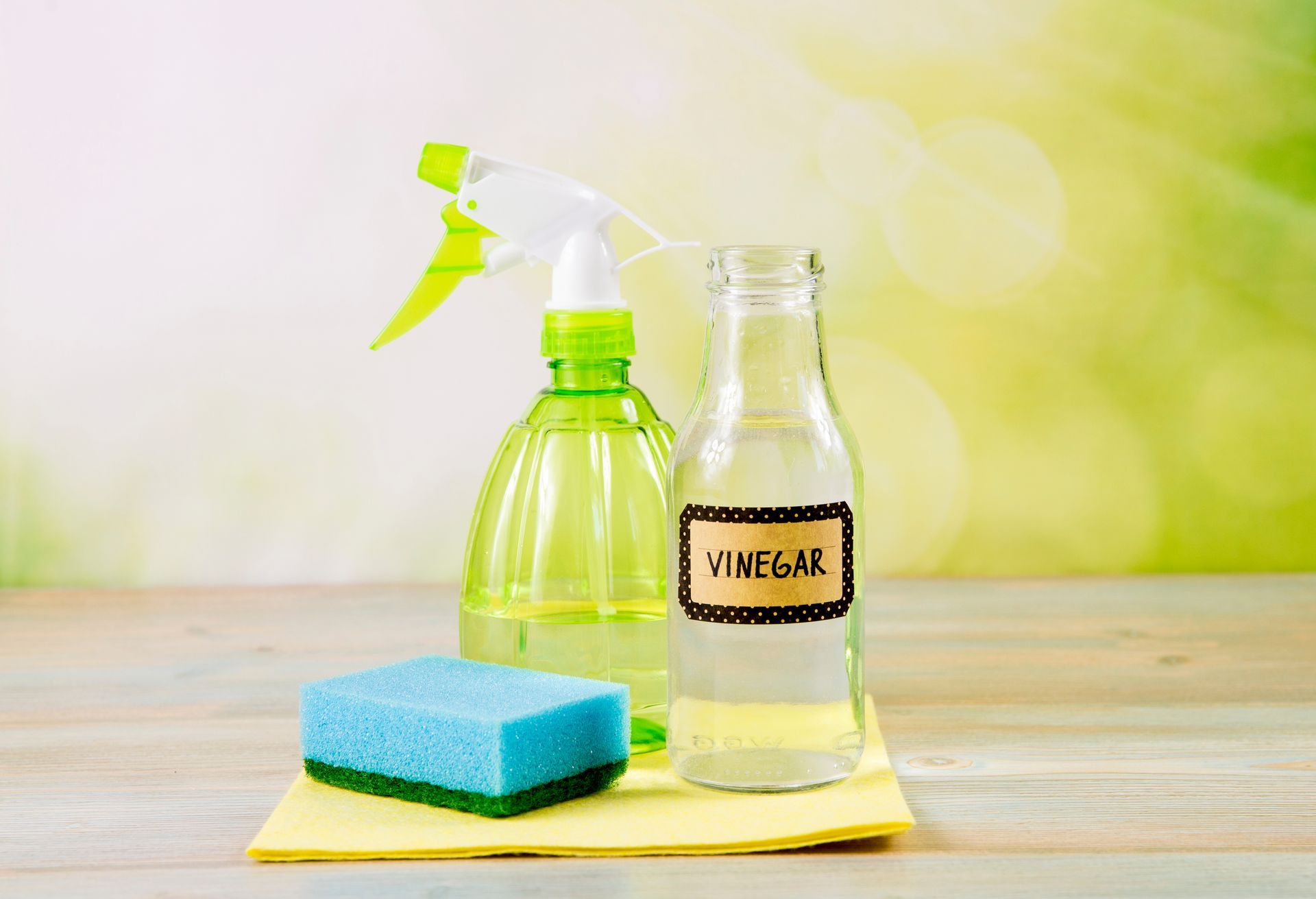Understanding Mold – Its Impact on Health and How Our Cleaning Can Help
What is Mold?
Mold is a type of fungus that thrives in moist, warm environments and spreads through microscopic spores that become airborne. It can grow on a variety of surfaces, including walls, ceilings, carpets, furniture, and even within HVAC systems. Common indoor molds include Aspergillus, Cladosporium, and Stachybotrys (black mold), each of which can pose health risks if left untreated. Mold typically appears as black, green, white, or brown patches and often carries a musty, earthy smell.

What Are the Symptoms of Mold Exposure?
Mold exposure can affect individuals differently, depending on sensitivity levels, exposure duration, and underlying health conditions. Some people may experience mild irritation, while others—especially those with allergies, asthma, or weakened immune systems— may develop serious health issues. Common symptoms of mold exposure include:
- Respiratory Issues – Chronic coughing, wheezing, shortness of breath, or asthma flare-ups.
- Allergic Reactions – Sneezing, runny nose, itchy or watery eyes, nasal congestion, and skin rashes.
- Sinus Problems – Frequent headaches, sinus infections, or sore throats.
- Fatigue & Dizziness – Unexplained tiredness, difficulty concentrating, or dizziness.
- Skin Irritation – Redness, itching, or worsening eczema symptoms.
- Worsening of Chronic Conditions – Individuals with respiratory diseases or autoimmune disorders may experience aggravated symptoms.
Children, elderly individuals, and those with weakened immune systems are particularly vulnerable to mold-related health issues, making early detection and proper cleaning crucial.

How Can Mold Affect Your Health?
Mold exposure doesn’t just cause mild discomfort—prolonged exposure can lead to serious health conditions, especially when mold is present in your home or workplace for an extended period. If not properly addressed, mold can:
- Trigger Chronic Respiratory Problems – Mold spores can irritate the lungs, leading to chronic bronchitis, asthma attacks, or lung infections.
- Cause Neurological Symptoms – Certain toxic molds (such as black mold) release mycotoxins that may cause dizziness, memory loss, brain fog, and difficulty concentrating.
- Lead to Immune System Suppression – Prolonged exposure can weaken the immune system, making individuals more susceptible to colds, infections, and fatigue.
- Aggravate Pre-Existing Conditions – People with autoimmune diseases, asthma, or allergies may experience worsening symptoms and an overall decline in quality of life

How Can Our Cleaning Help You?
At Healthy Home Solutions, we specialize in health-focused cleaning designed to remove mold spores and improve indoor air quality. Our team follows a comprehensive small particle cleaning approach that helps eliminate airborne contaminants, dust mites, and mold spores that traditional cleaning methods may overlook.
- HEPA-Filtration Vacuuming – We use HEPA vacuums that capture 99.97% of airborne particles, ensuring mold spores and allergens are removed instead of being circulated back into the air.
- Microfiber Surface Cleaning – Our team uses high-quality microfiber cloths to trap and remove mold spores, dust, and fine particles effectively.
- Eco-Friendly, Mold-Resistant Cleaning Solutions – We use biodegradable, non-toxic cleaning products that are safe for your family and pets while effectively reducing mold growth.
- Deep Steam Cleaning – Our high-temperature steam cleaning penetrates surfaces to kill mold spores, bacteria, and allergens without using harsh chemicals.
- Air Purification Recommendations – We help improve indoor air quality by removing mold spores from hard-to-reach areas and recommending preventative measures to reduce future mold growth.

Does Vinegar Really Kill Mold?
Yes, vinegar is effective at killing mold, but with some limitations. Vinegar, specifically white distilled vinegar, is a mild acid (acetic acid, with a pH around 2.5) that can kill about 82% of mold species by breaking down their structure and preventing further growth. Unlike bleach, which only removes mold on the surface, vinegar penetrates porous materials like wood, drywall, and fabric, making it more effective in certain cases.
How Does Vinegar Kill Mold?
- Acetic Acid Weakens Mold’s Structure – Vinegar disrupts the mold’s cell membrane, making it difficult for mold to survive and spread.
- Prevents Future Growth – Unlike bleach, which can cause mold to release spores in defense, vinegar helps prevent regrowth by creating an acidic environment that mold struggles to thrive in.
- Safe & Natural Alternative – Vinegar is non-toxic, biodegradable, and safe for humans and pets, making it a better option than harsh chemicals for small-scale mold cleaning

When Vinegar Works & When It Doesn't
- Effective For:
- Non-toxic mold removal on hard surfaces (tiles, glass, metal, countertops).
- Light mold growth on porous surfaces (wood, drywall, fabric) with proper drying afterward.
- Preventing regrowth when applied regularly in damp areas (bathrooms, kitchens, basements).
- Not Effective For:
- Large mold infestations – Vinegar alone cannot eliminate deep-rooted mold in walls, insulation, or HVAC systems.
- Toxic black mold (Stachybotrys chartarum) – Severe mold problems require professional remediation, as vinegar may not penetrate deep enough to remove the mycotoxins.
- Mold in highly porous materials – If mold has deeply infiltrated carpets, insulation, or furniture, replacement or professional treatment is the best option.
How to Use Vinegar for Mold Removal
- Use undiluted white vinegar – Do not mix with water; dilution weakens its effectiveness.
- Spray directly onto the moldy area – Let it sit for at least 60 minutes to break down the mold.
- the surface with a brush or sponge – This helps remove mold residue.
- Wipe the area clean and let it dry – Moisture feeds mold, so ensure the area is fully dry.
- Repeat if needed – If mold persists, reapply vinegar or consider a professional cleaning service.
Can Vinegar Replace Professional Mold Cleaning?
While vinegar can help with minor mold issues, large infestations, mold inside walls, or toxic black mold require professional remediation. At Healthy Home Solutions, we use advanced mold cleaning techniques, HEPA filtration, and eco-friendly disinfectants to ensure your home is not just mold-free but also safe and breathable.
If you suspect a serious mold problem, don’t rely on DIY solutions alone—contact us for expert assessment and deep cleaning services!
Mold exposure can have serious health consequences, but you don’t have to live with it. Our specialized cleaning services are designed to reduce mold spores, improve air quality, and create a healthier living space for you and your loved ones. If you suspect mold contamination in your home, don’t wait—contact Healthy Home Solutions today for a thorough, health-focused cleaning that eliminates harmful contaminants and restores your peace of mind.
